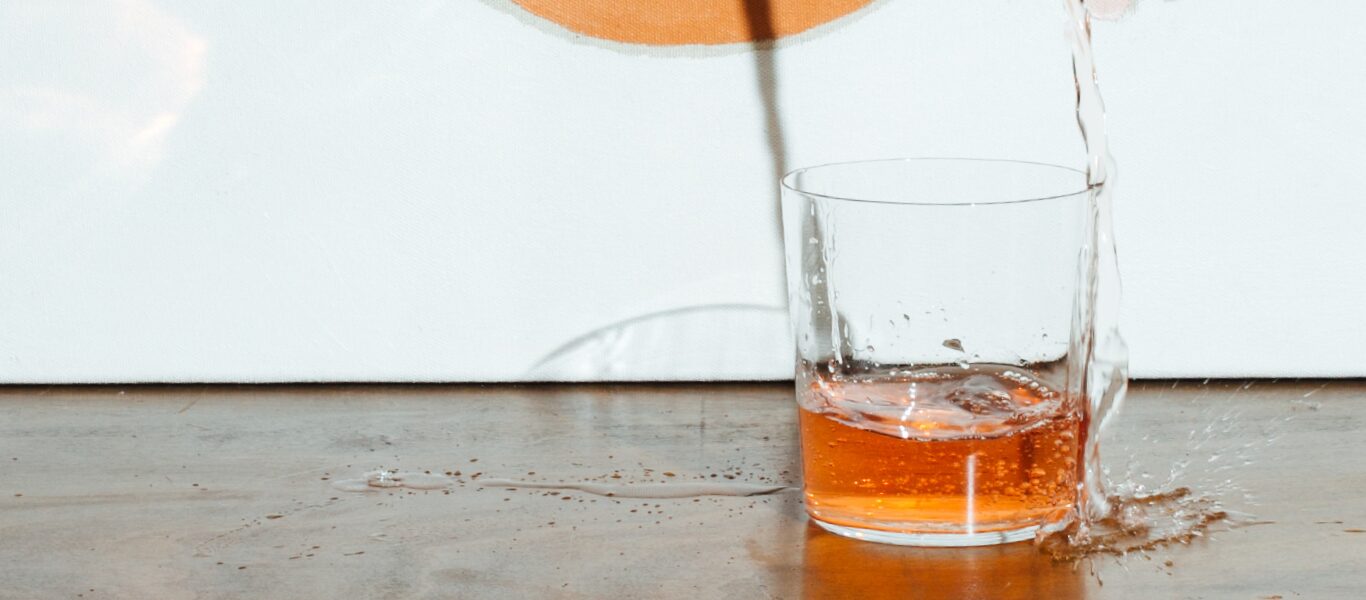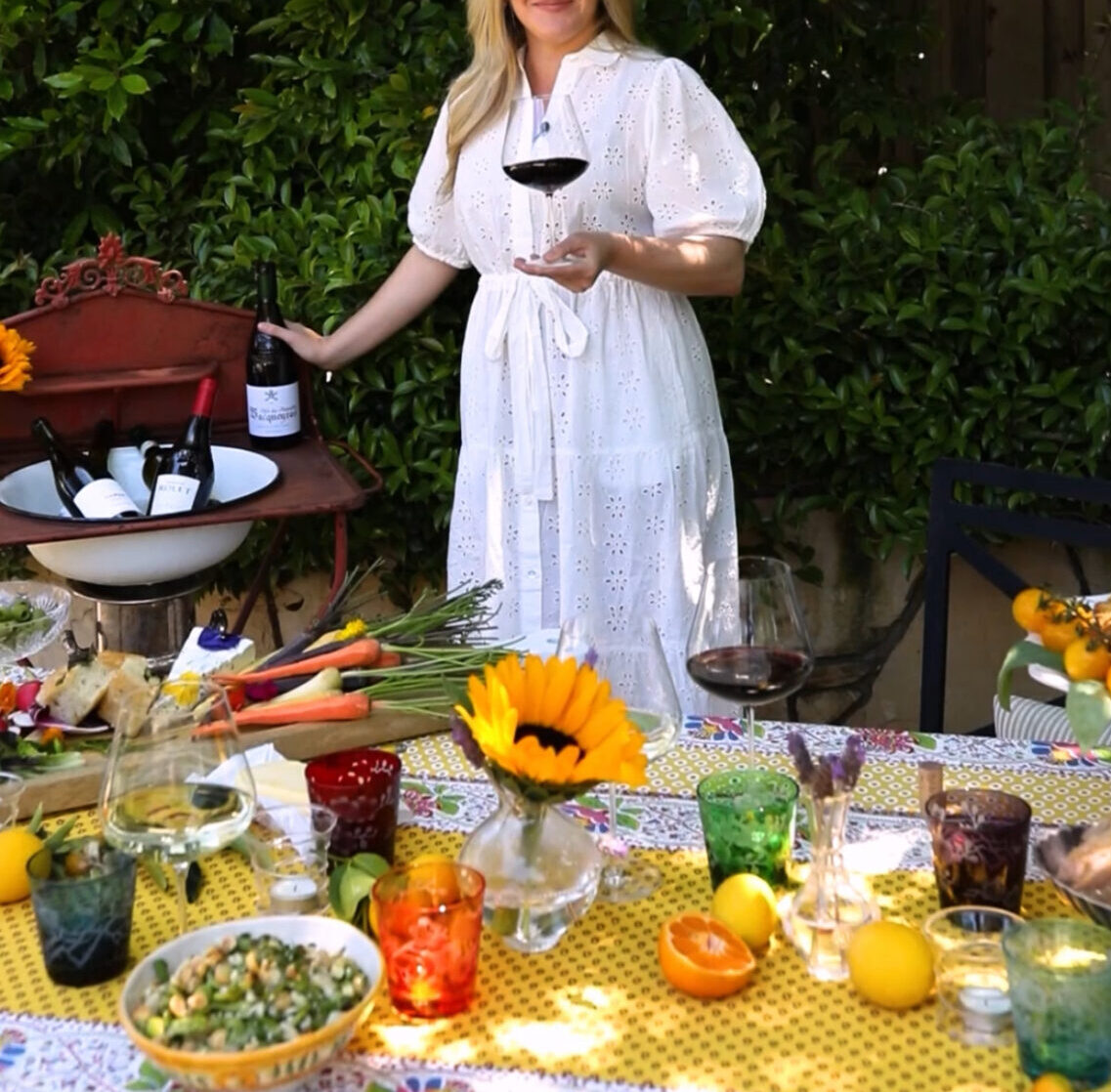Pink Wine is a State of Mind
So, what is Rosé anyway?
Well, Rosé wine happens when the skins of red grapes touch wine for a short period of time. The winemaker has complete control over how long or how little the grapes are in contact with the skins as it will ultimately determine the final color of the wine.
Rosé wines can be made in an array of styles ranging from a more pale color and subtle characteristics to something more deeper colored with obvious characters.
Any red grapes can technically be used to make rosé – although, there are a few key varieties that we generally see like Grenache, Pinot Noir, Sangiovese, Syrah, Tempranillo, or Rhone red grapes like Carignan, Cinsault and Mourvedre – side notes, these are also the traditionally dry styles of rosé as well.
Any Rosé wine can be produced in a sweet style by simply not fermenting all the sugar into alcohol, which can be common for bulk production. For sweet’ rosé’ think White Zinfandel, Pink Moscato, White Merlot.
The cool thing about rosé is a winemaker has a few different options here to produce the style they are seeking. The common ways we see Rosé made are from Direct Press Method, Short maceration / Saignee and Blending.
Direct pressing makes some of the lightest colored rosé. Reason being because we are directly pressing the juice from the skins, there is very little maceration time to pull color. You may often hear this referred to as ‘Vin Gris.’ And is popular using lighter-red wine varieties such as Pinot Noir in the United States or Gamay and Cinsault in France. The most common region you may have seen would be Provence in the south of France.
2022 Chateau Barbebelle Coteaux d’Aix en Provence ‘Fleurie’ Rosé – $23
2022 Chateau Barbebelle Aix-en-Provence ‘Cuvée Madeleine’ Rosé – $25
Saignee method, meaning bleeding, is a form of short maceration wine making where we allow the grapes to stay in contact with the skins for a couple hours to a few days, this usually lasts through the fermentation process. It will then likely be separated from the skins before it gets too dark and we bleed off a certain portion of our red wine juice. Depending on how light or dark the berry is will help determine how long we put the skins in contact – again allowing control over the color and profile here.
*** This style is also good for holding on to! The little effects of red grape skin contact allows for these wines to hold for a bit longer than other rosé styles.
Blending, as you would suspect, is adding in a small portion of red wine to a large portion of white wine. However, this style isn’t allowed in all regions, so it is not used as often.
As we already mentioned, rosé can be made in a wide array of styles, likely to all be distinct not only in color, but their structures and flavor profiles as well.
However, some common notes for rosé that you can look for, are red fruits like tart cherry, strawberry, raspberry and citrus like blood orange and grapefruit, flowers, melon, sometimes a pleasant crunchy green flavor on the finish similar to celery or mint. Depending on the type of grape the rosé wine is made with, and where it comes from, will greatly vary the flavor.

We want to thank those who submitted questions on rosé that I am going to answer for you right now…
- Can I cellar it? Most rosé’s are made for early consumption with the exception of a few rare examples such as Rosé from Bandol, France and the styles with longer maceration periods (i.e. darker colored roses). Otherwise, drink now and enjoy!
- What should I enjoy with Rosé? The world is your oyster my friends. And the more skin contact with added structure will only build the food portfolio options – In general, think light cheeses, fresh fruits, seafood dishes like our Halibut Ceviche, grilled peach or watermelon chaat, melon & prosciutto, or grilled veggies!
- For more food and wine pairing ideas, be sure to check out our latest blog post 7 Sommelier-Approved Rosé Wine Pairings
- When would I drink Rosé? We like to adopt the European ideal for drinking wine meaning any time, any occasion, but specifically I am all about rosé for dreamy picnics in the park, sunbathing by the beach, and of course – half-day Fridays from work.
Looking to explore a variety of rosé wines from around the world? Be sure to sign up for our Shades of Rosé 2024 Collection – It’s a mini rosé subscription April-September where you’ll receive 4 rosé wines per month.
Looking to learn more about rosé? Check out the book Rosé All Day, which would also make a great wine gift with a bottle of rosé!
What glassware should you use when drinking rosé? At Argaux, there are no rules! But, there are glasses made specifically for rosé if you’re a serious rosé enthusiast. Check out Riedel Sommeliers Rosé wine glasses.
If you want to learn more about rosé, blind tasting, wine in general – we’ve got your back.





